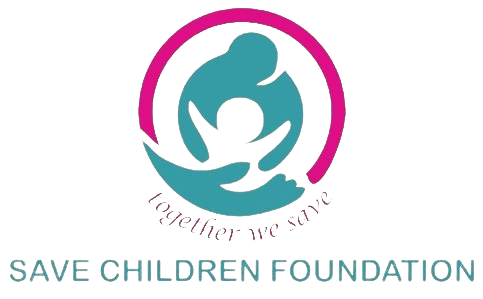EDUCATION FOR POOR AND NEEDY
EDUCATION FOR POOR AND NEEDY
In many impoverished communities, children don’t have the opportunity to receive an education. Some don’t have resources like books or uniforms, leaving children to fall behind without the support to catch up. Youth drop out of school to support their families and never go back. And entire school systems are understaffed, failing to provide adequate education to the children who live there. Lack of education increases the likelihood of involvement in drugs, gangs and other risky behaviors. It’s easy to see how an absence of education spirals into a cycle of poverty. When you make a gift to our education programs, you provide the resources, tutoring programs and more for children from kindergarten through high school and beyond.
EDUCATION FOR POOR AND NEEDY
Why focus on education?
Did you know?
What gets measured?
- Increased secondary school completion: We measure success by identifying the percent of sponsored Children International graduates who reach this milestone by age 24.
- Increased school enrollment: We measure the percent of sponsored children who are enrolled in any level of formal education.
- Increased achievement of identified learning outcomes: We measure the percent of sponsored children who achieve minimum proficiency standards for their age or grade level.


Save Children Foundation supports high-quality programs for children through solicitation of funds, engagement of volunteers and partnerships within the society.
- Choose your favourite cause
- Register to our website !
- Donate the amount you like
- Stay tuned about cause
OUR PARTNERS
NEWSLETTER
©2024 Save Children Foundation. All Rights Reserved | Designed & Developed By Adyasoft Infotech Pvt Ltd.





